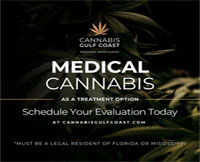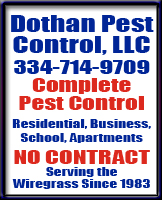Chemical Endangerment of A Child Guilty Plea
Rickey StokesViewed: 4688
Posted by: RStokes
Date: Feb 11 2014 8:05 AM
HOUSTON COUNTY: Case on a fast track.
According to the online court system, Rena Hill Parsons was arrested on November 21, 2013, indicted by a Houston County Grand Jury on December 20, 2013, MERRY CHRISTMAS, and pled guilty to Chemical Endangerment of a Child this week.
Chemical endangerment of a Child is where the child was born with drugs in their system. Dothan Police Investigator Ketchum obtained the arrest warrants on Parson. She entered a guilty plea before Circuit Judge Brad Mendheim.
Judge Mendheim sentenced Parsons to eight years for the chemical endangerment.
Section 26-15-3.2
Section 26-15-3.2
Chemical endangerment of exposing a child to an environment in which controlled substances are produced or distributed.
(a) A responsible person commits the crime of chemical endangerment of exposing a child to an environment in which he or she does any of the following:
(1) Knowingly, recklessly, or intentionally causes or permits a child to be exposed to, to ingest or inhale, or to have contact with a controlled substance, chemical substance, or drug paraphernalia as defined in Section 13A-12-260. A violation under this subdivision is a Class C felony.
(2) Violates subdivision (1) and a child suffers serious physical injury by exposure to, ingestion of, inhalation of, or contact with a controlled substance, chemical substance, or drug paraphernalia. A violation under this subdivision is a Class B felony.
(3) Violates subdivision (1) and the exposure, ingestion, inhalation, or contact results in the death of the child. A violation under this subdivision is a Class A felony.
(b) The court shall impose punishment pursuant to this section rather than imposing punishment authorized under any other provision of law, unless another provision of law provides for a greater penalty or a longer term of imprisonment.
(c) It is an affirmative defense to a violation of this section that the controlled substance was provided by lawful prescription for the child, and that it was administered to the child in accordance with the prescription instructions provided with the controlled substance.
(Act 2006-204, p. 302, §2.)
(a) A responsible person commits the crime of chemical endangerment of exposing a child to an environment in which he or she does any of the following:
(1) Knowingly, recklessly, or intentionally causes or permits a child to be exposed to, to ingest or inhale, or to have contact with a controlled substance, chemical substance, or drug paraphernalia as defined in Section 13A-12-260. A violation under this subdivision is a Class C felony.
(2) Violates subdivision (1) and a child suffers serious physical injury by exposure to, ingestion of, inhalation of, or contact with a controlled substance, chemical substance, or drug paraphernalia. A violation under this subdivision is a Class B felony.
(3) Violates subdivision (1) and the exposure, ingestion, inhalation, or contact results in the death of the child. A violation under this subdivision is a Class A felony.
(b) The court shall impose punishment pursuant to this section rather than imposing punishment authorized under any other provision of law, unless another provision of law provides for a greater penalty or a longer term of imprisonment.
(c) It is an affirmative defense to a violation of this section that the controlled substance was provided by lawful prescription for the child, and that it was administered to the child in accordance with the prescription instructions provided with the controlled substance.
(Act 2006-204, p. 302, §2.)
Section 13A-12-260
Drug paraphernalia; use or possession; delivery or sale; forfeiture.
(a) Definition of "drug paraphernalia". As used in this section, the term "drug paraphernalia" means all equipment, products, and materials of any kind which are used, intended for use, or designed for use, in planting, propagating, cultivating, growing, harvesting, manufacturing, compounding, converting, producing, processing, preparing, testing, analyzing, packaging, repackaging, storing, containing, concealing, injecting, ingesting, inhaling, or otherwise introducing into the human body a controlled substance in violation of the controlled substances laws of this state. It includes but is not limited to:
(1) Kits used, intended for use, or designed for use in planting, propagating, cultivating, growing, or harvesting of any species of plant which is a controlled substance or from which a controlled substance can be derived;
(2) Kits used, intended for use, or designed for use in manufacturing, compounding, converting, producing, processing, or preparing controlled substances;
(3) Isomerization devices used, intended for use, or designed for use in increasing the potency of any species of plant which is a controlled substance;
(4) Testing equipment used, intended for use, or designed for use in identifying, or in analyzing the strength, effectiveness, or purity of controlled substances;
(5) Scales and balances used, intended for use, or designed for use in weighing or measuring controlled substances;
(6) Dilutants and adulterants, such as quinine hydrochloride, mannitol, mannite, dextrose and lactose, used, intended for use, or designed for use in cutting controlled substances;
(7) Separation gins and sifters used, intended for use, or designed for use in removing twigs and seeds from, or in otherwise cleaning or refining, marihuana;
(8) Blenders, bowls, containers, spoons and mixing devices used, intended for use, or designed for use in compounding controlled substances;
(9) Capsules, balloons, envelopes and other containers used, intended for use, or designed for use in packaging small quantities of controlled substances;
(10) Containers and other objects used, intended for use, or designed for use in storing or concealing controlled substances;
(11) Hypodermic syringes, needles and other objects used, intended for use, or designed for use in parenterally injecting controlled substances into the human body;
(12) Objects used, intended for use, or designed for use in ingesting, inhaling, or otherwise introducing marihuana, tetrahydro cannabinols, cocaine, hashish, or hashish oil into the human body, such as:
a. Metal, wooden, acrylic, glass, stone, plastic, or ceramic pipes with or without screens, permanent screens, hashish heads, or punctured metal bowls;
b. Water pipes;
c. Carburetion tubes and devices;
d. Smoking and carburetion masks;
e. Roach clips: Meaning objects used to hold burning material, such as a marihuana cigarette, that has become too small or too short to be held in the hand;
f. Miniature cocaine spoons, and cocaine vials;
g. Chamber pipes;
h. Carburetor pipes;
i. Electric pipes;
j. Air-driven pipes;
k. Chillums;
l. Bongs;
m. Ice pipes or chillers;
n. Glass tubes which are hollow, cylindrical items made of glass which are smaller than three-quarters of an inch in diameter, shorter than 12 inches in length, and which are not sealed with glass at both ends.
(b) Factors in determining whether object is drug paraphernalia. In determining whether an object is drug paraphernalia, a court or other authority shall consider, in addition to all other logically relevant factors, the following:
(1) Statements by an owner or by anyone in control of the object concerning its use;
(2) Prior convictions, if any, of an owner, or of anyone in control of the object, under any state or federal law relating to any controlled substance;
(3) The proximity of the object, in time and space, to a direct violation of this section or to a controlled substance;
(4) The existence of any residue of controlled substances on the object;
(5) Direct or circumstantial evidence of the intent of an owner, or of anyone in control of the object, to deliver it to persons whom he knows intend to use the object to facilitate a violation of the controlled substances laws of this state; the innocence of an owner, or of anyone in control of the object, as to a direct violation of such laws shall not prevent a finding that the object is intended for use, or designed for use as drug paraphernalia;
(6) Instructions, oral or written, provided with the object concerning its use;
(7) Descriptive materials accompanying the object which explain or depict its use;
(8) National and local advertising concerning its use;
(9) The manner in which the object is displayed for sale;
(10) Whether the owner, or anyone in control of the object, is a legitimate supplier of like or related items to the community, such as a licensed distributor or dealer of tobacco products;
(11) Direct or circumstantial evidence of the ratio of sales of the object or objects to the total sales of the business enterprise;
(12) The existence and scope of legitimate uses for the object in the community;
(13) Expert testimony concerning its use.
(c) Use or possession with intent to use. It shall be unlawful for any person to use, or to possess with intent to use, or to use to inject, ingest, inhale or otherwise introduce into the human body, drug paraphernalia to plant, propagate, cultivate, grow, harvest, compound, convert, produce, process, prepare, test, analyze, pack, repack, store, contain or conceal a controlled substance in violation of the controlled substances laws of this state. Any person who violates this subsection is guilty of a Class A misdemeanor and upon conviction shall be punished as prescribed by law.
(d)(1) It shall be unlawful for any person to use, deliver, or sell, possess with intent to deliver or sell, or manufacture with intent to deliver or sell, or to possess with intent to use, drug paraphernalia to manufacture a controlled substance in violation of the controlled substances laws of this state.
(2) Any person who violates this subsection is guilty of a Class C felony. If a person is in violation of this subsection and is in possession of a firearm at the time of the offense, the person shall be guilty of a Class B felony.
(e) Delivery or sale.
(1) It shall be unlawful for any person to deliver or sell, possess with intent to deliver or sell, or manufacture with intent to deliver or sell drug paraphernalia, knowing that it will be used to plant, propagate, cultivate, grow, harvest, compound, convert, produce, process, prepare, test, analyze, pack, repack, store, contain, conceal, inject, ingest, inhale, or otherwise introduce into the human body a controlled substance in violation of the controlled substances laws of this state. Any person who violates this section is guilty of a Class A misdemeanor and upon conviction shall be punished as prescribed by law. A person who is convicted of a subsequent violation of this subsection shall be guilty of a Class C felony and punished as prescribed by law. Any person convicted of violating this subsection who previously has been convicted of violating subdivision (2) of this subsection shall be subject to the same penalties specified for subsequent violations of this subsection.
(2) Any person 18 years of age or over who violates subdivision (1) of this subsection by delivering drug paraphernalia to a person under 18 years of age who is at least three years his junior shall be guilty of a Class B felony and upon conviction shall be punished as prescribed by law.
(f) Contraband; forfeiture. All drug paraphernalia used in violation of this section shall be contraband and subject to the forfeiture laws of this state and Section 20-2-93 as amended, in particular.
(Acts 1986, No. 86-425, p. 771; §20-2-75.1; Acts 1988, 1st Ex. Sess., No. 88-918, p. 512, §2; Act 2009-566, p. 1665, §1; Act 2012-237, p. 445, §2.)
<- back


.jpg)
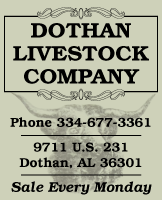









.jpg)


1.jpg)



1.jpg)


.jpeg)
 (2)1.jpg)


.jpeg)

 (1).gif)












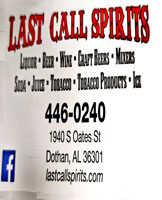
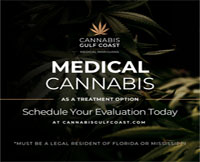






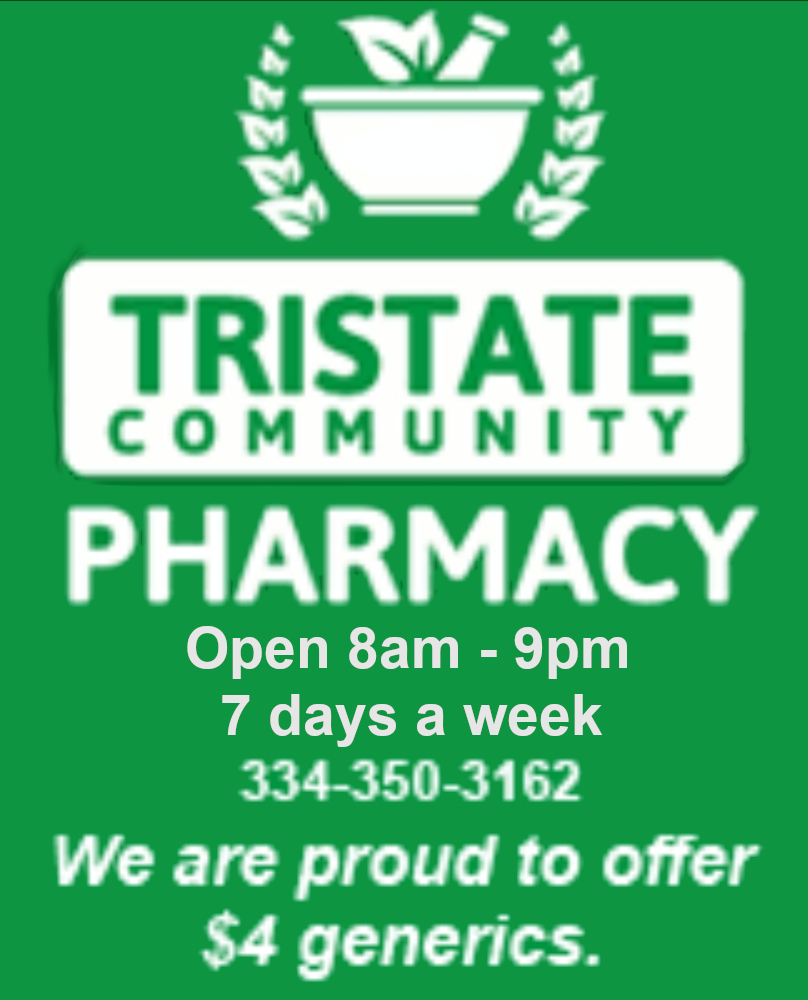



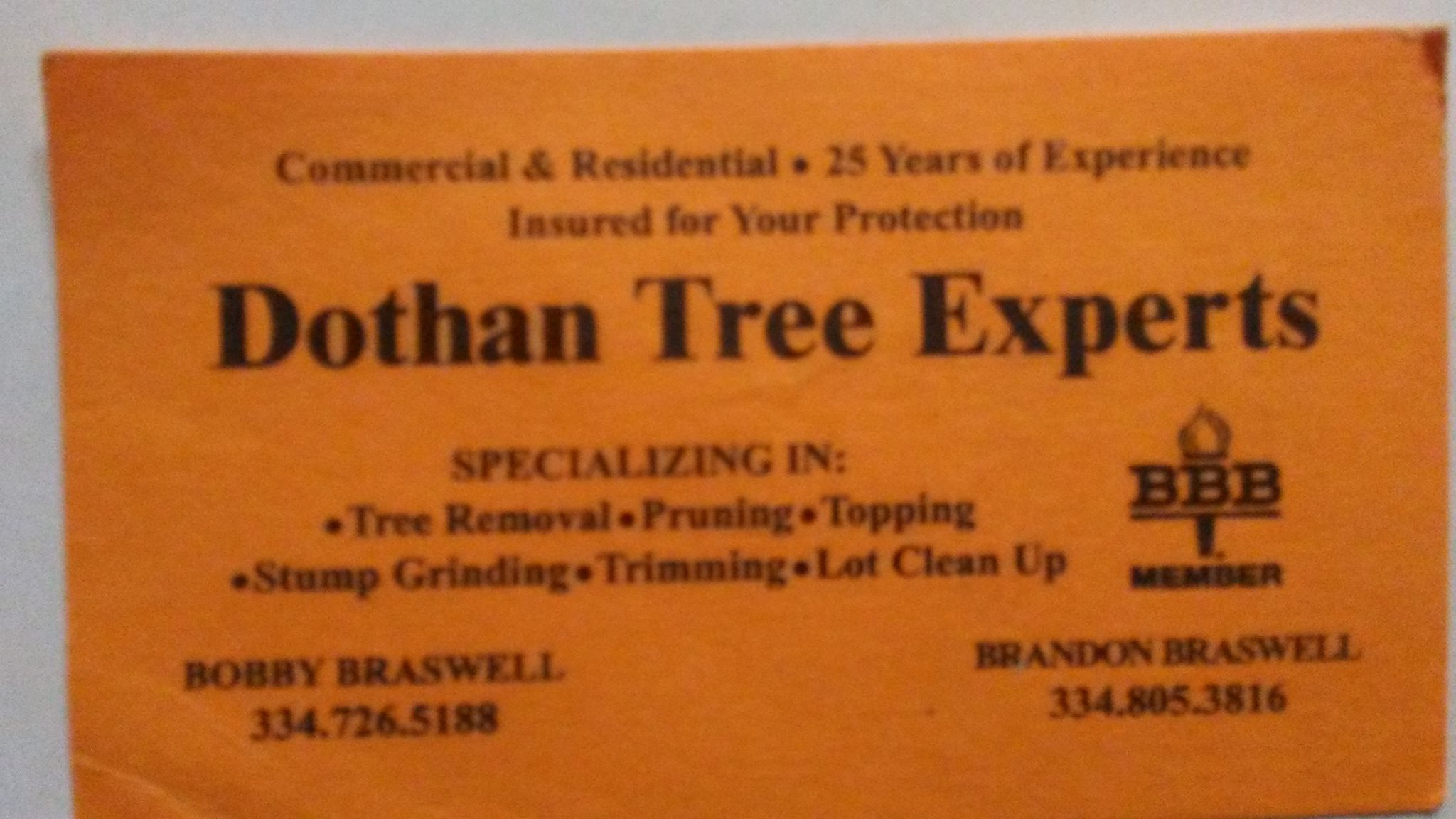
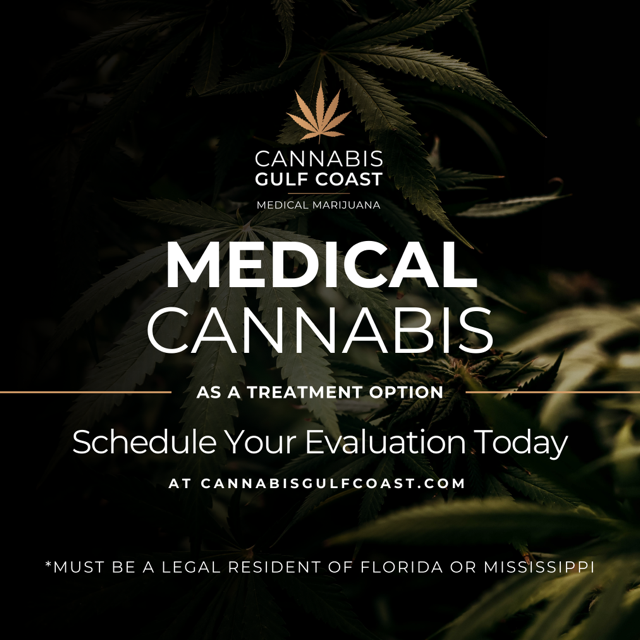








.jpg)
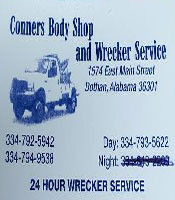


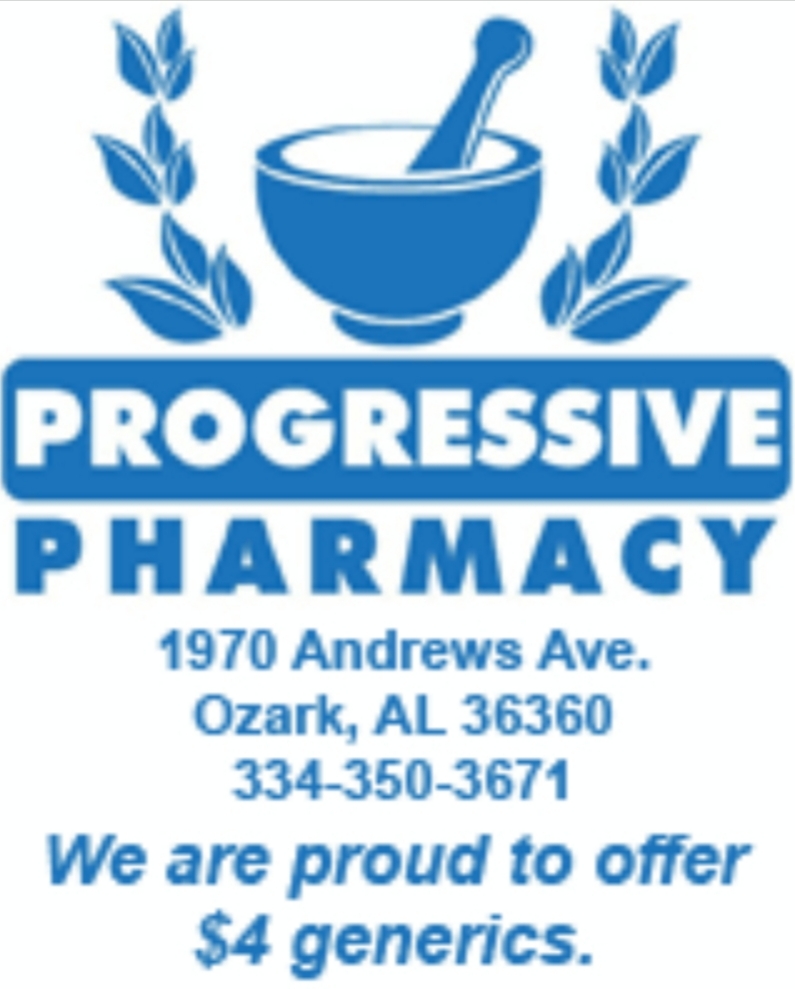


1.jpg)

.jpg)





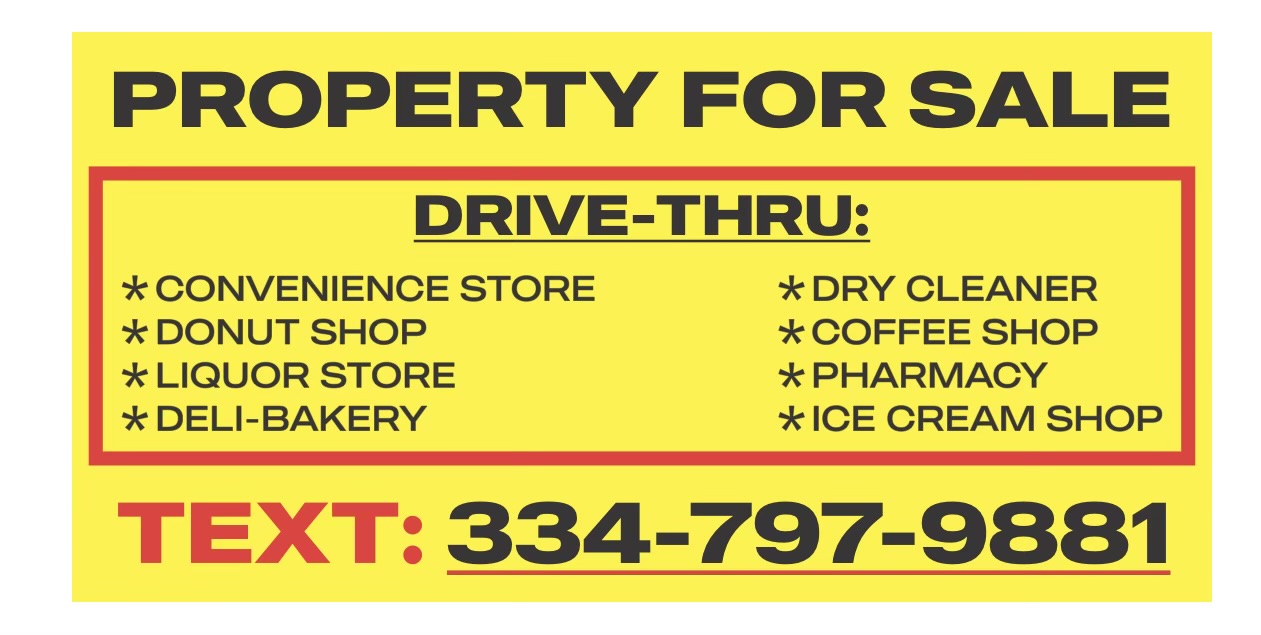
 (2).jpg)
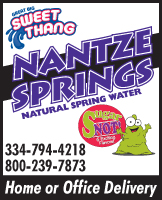




.jpg)









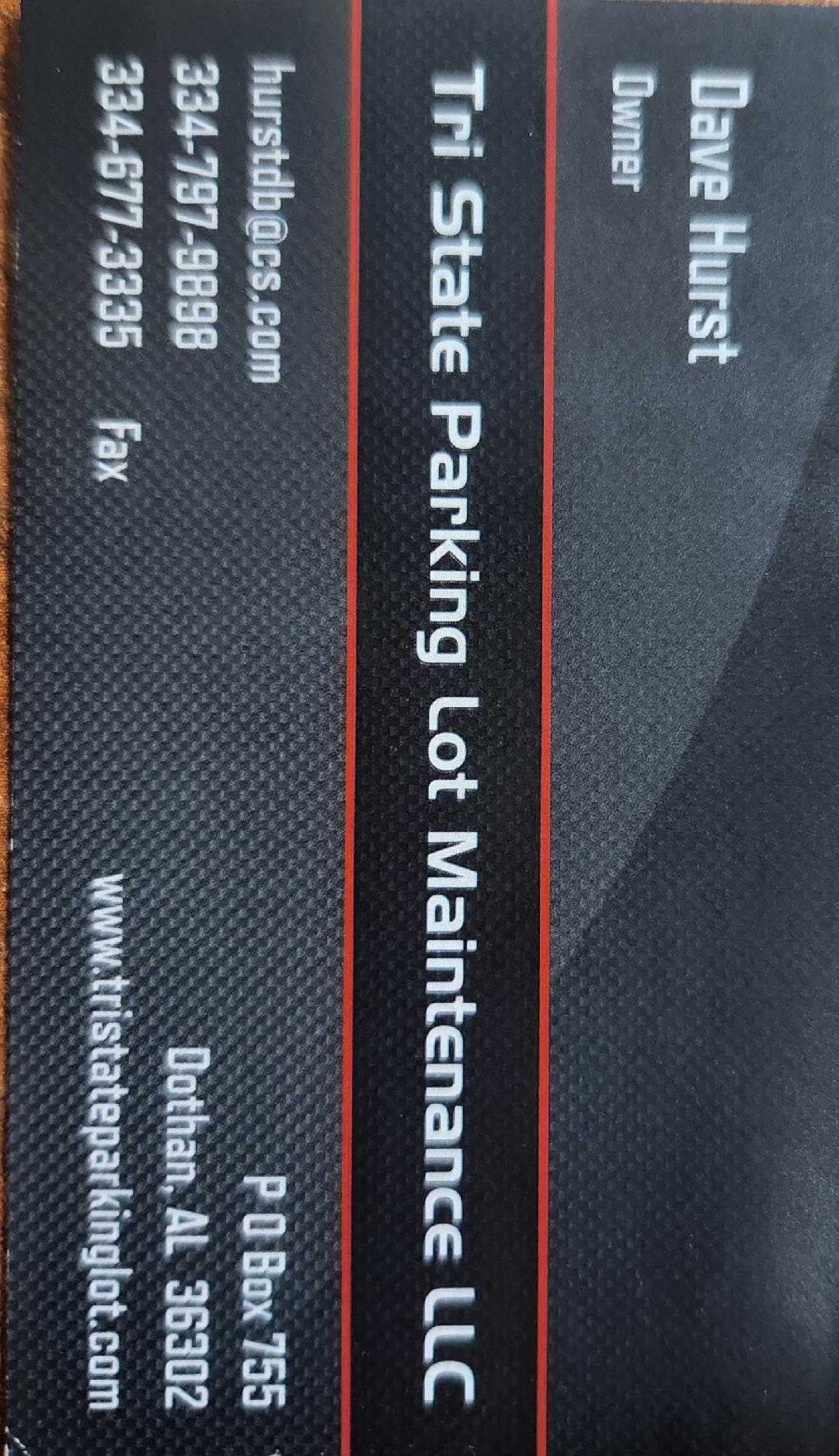

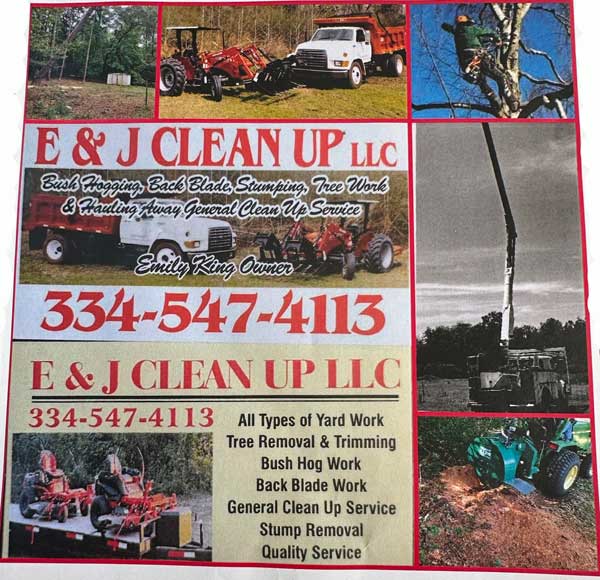


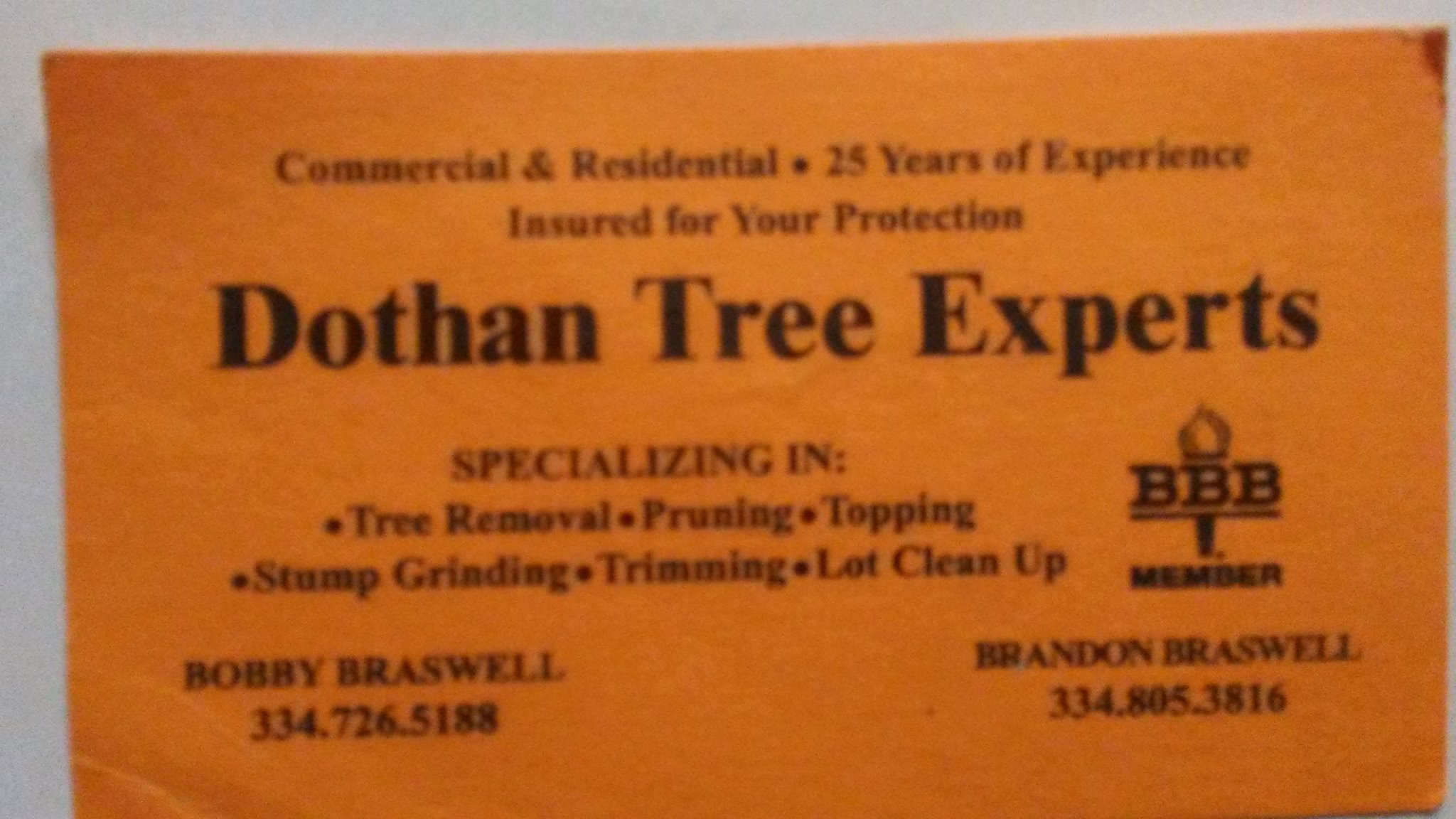
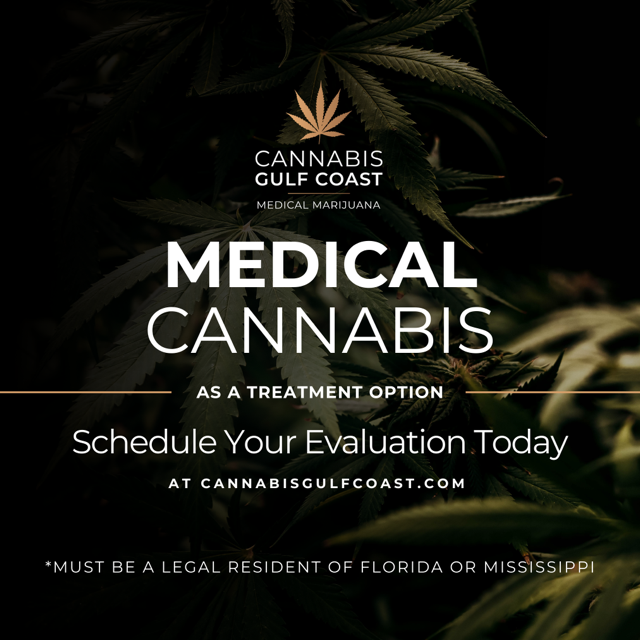




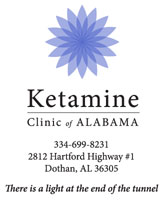
1.jpeg)
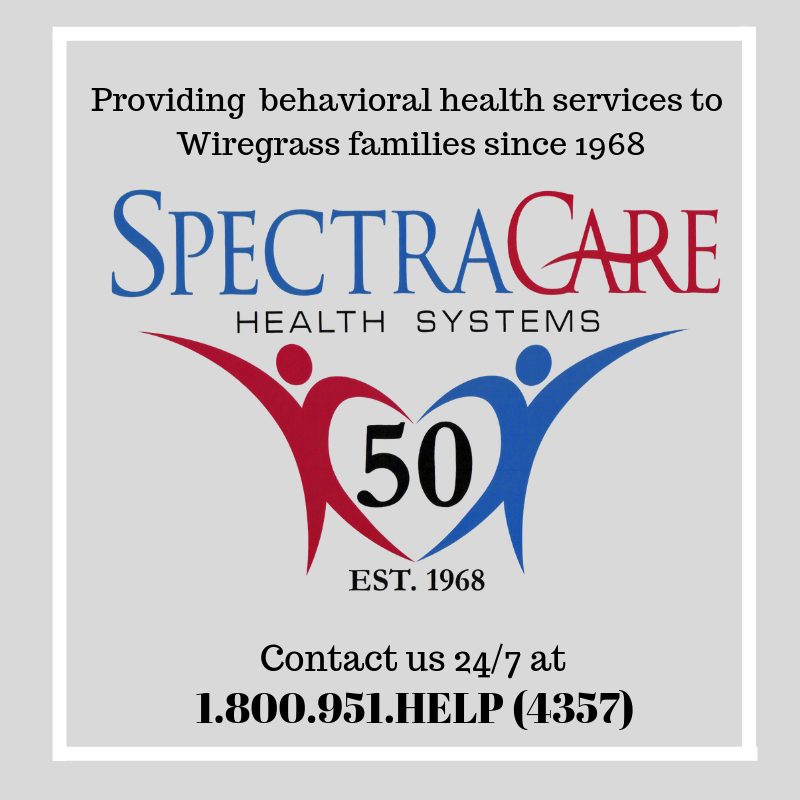

.JPG)
